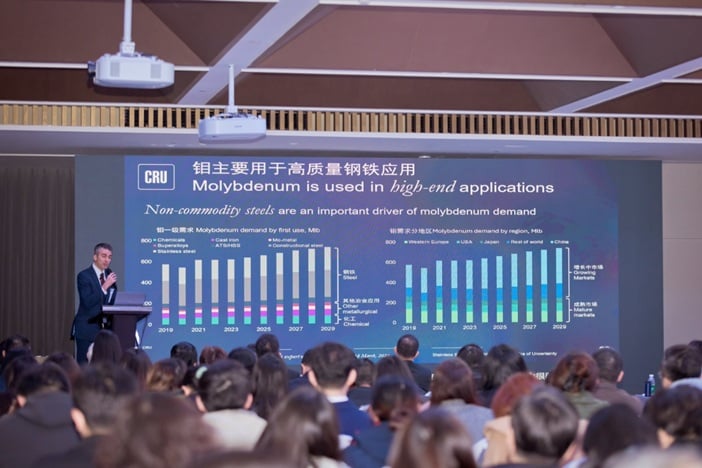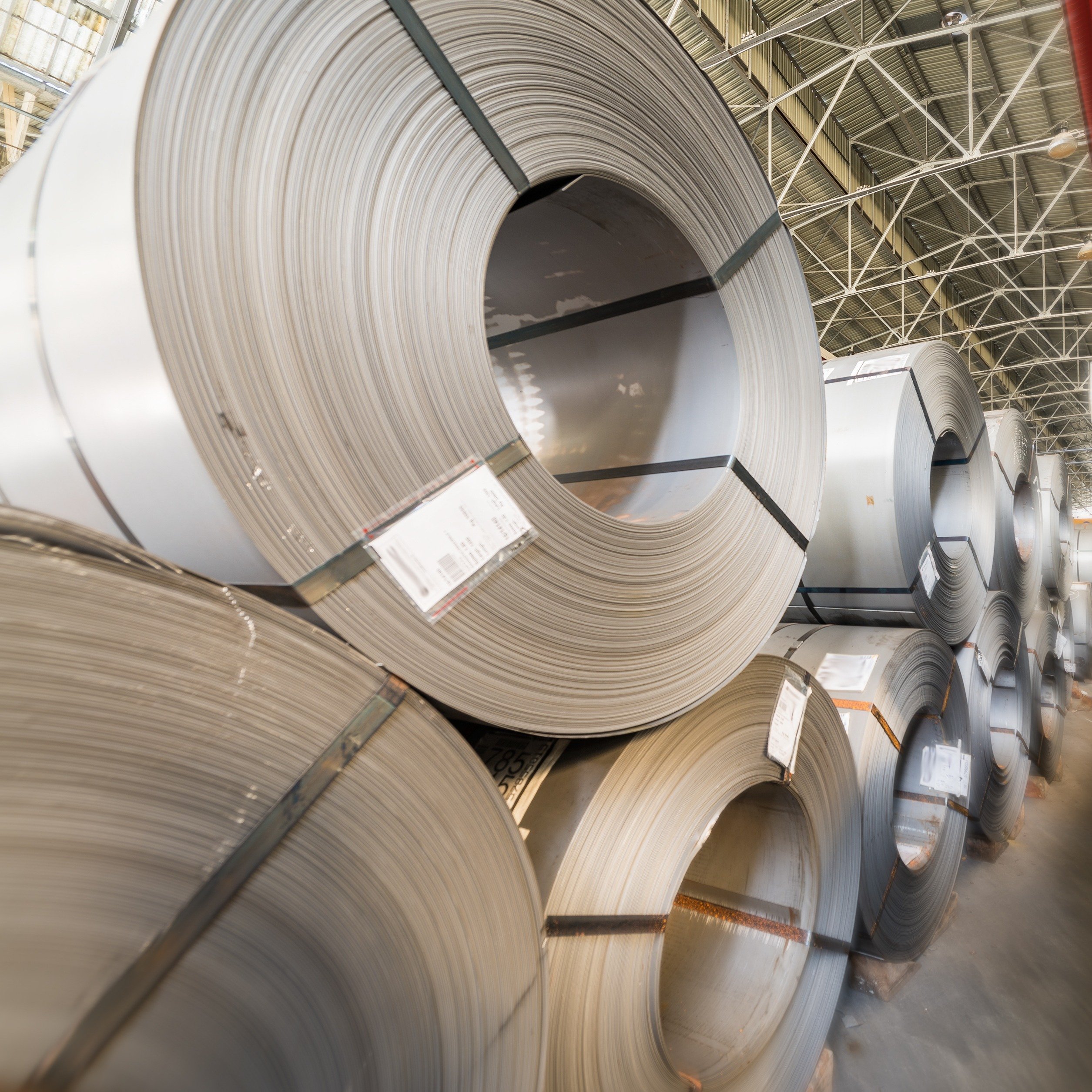President Trump’s anticipated reciprocal tariffs were announced 2 April. The tariffs are significant and include a minimum 10% tariff rate on all countries. Some are subject to a much higher rate, with the full list in Annex 1 of the executive order. The blanketed nature of the tariff amplifies any potential effects and forward trading in equities markets reversed into negative territory immediately during the reveal. The new tariffs add further uncertainty building on the already announced Section 232 aluminium tariffs.
However, aluminium was spared any direct tariffs. Any prime aluminium or derivative products that are being hit by Section 232 already will not be subject to additional tariffs. The tariff relief given to USMCA compliant goods from Canada and Mexico for the additional IEEPA tariff will continue as it is included in this latest executive order as well. As such, the USMCA tariff rate remains at 25% for imported aluminium under Section 232.
The reciprocal tariffs will come into effect on 5 April, and the elevated tariff rates (those above the 10% baseline) will hit on 9 April. This will give time to those countries to negotiate a lower rate. The 25% tariff on automotive and automotive parts is set to take effect on 3 April.
In March, our economics team talked on the difference between transactional and transformational tariff regimes. The latest tariffs overwhelmingly favour a transformational shift with only some elements transactional.
While the market is still processing these blanket tariffs, here are five implications for the aluminium industry and its consumers:
- The tariff has not changed the outlook for the US Midwest transaction price fundamentally. CRU’s equilibrium has been in the low- to mid-40¢/lb range, and this has not changed.
- At the time of writing, it looks as if scrap imports will be hit by this new reciprocal tariff according to contacts in Washington. This does not include scrap coming from Mexico and Canada, so it will not disturb the bulk of the current trade flows. However, it will somewhat limit the shift of scrap exports to the US, which would have gone a long way in relieving tightness in the domestic market. Still, it will not stop it completely as the higher Midwest Transaction Price drove the top line price of scrap higher.
- Onshoring gains massive support. During the announcement, President Trump touted a list of recent manufacturing investments. While the investments are long-term in nature, they are necessary steps to supporting the onshoring of complete supply chains. Trump’s announcement was also very clear in that those sourcing domestically in the US will be rewarded. As such, domestic rollers and extruders will pick up volumes as a result. The auto tariffs will likely play a similar role as the tariffs both incentivise US production but raise the cost of vehicles, which will weigh down on overall demand. In this scenario, domestic producers will gain a bigger piece of a shrinking pie.
- The entire supply chain gets much-needed clarity. The reciprocal tariffs were hanging over the market like a black cloud as there was little guidance on what they would entail. Now that the largest tariff package has been revealed, forward planning can continue. The higher tariff rates on some countries can still change, but Section 232 and the 10% minimum introduced in this package are very likely part of a new normal. We discussed the immediate shift in primary trade during 2025 Q1 in our recent Aluminium Monitor.
- Even with that clarity, near-term volatility is not going anywhere. It would be hard to overstate the potential impacts of this blanketed 10% minimum tariff on all imports. We expect pricing and demand volatility to remain a part of the conversation as the market reacts. A rush to source domestically while trade barriers restrict flows are a risk to the upside, while demand destruction due to deteriorating macro-outlook represents the largest downside risk. There is also a very real possibility of retaliatory tariffs spilling over into a much larger trade war.
To learn more about CRU’s view on the new tariffs, please do consider attending our conference during Aluminum USA, organized by RX, in Nashville, TN in May. For further cover coverage on tariffs, and how they are impacting commodity markets, please get in touch.

















